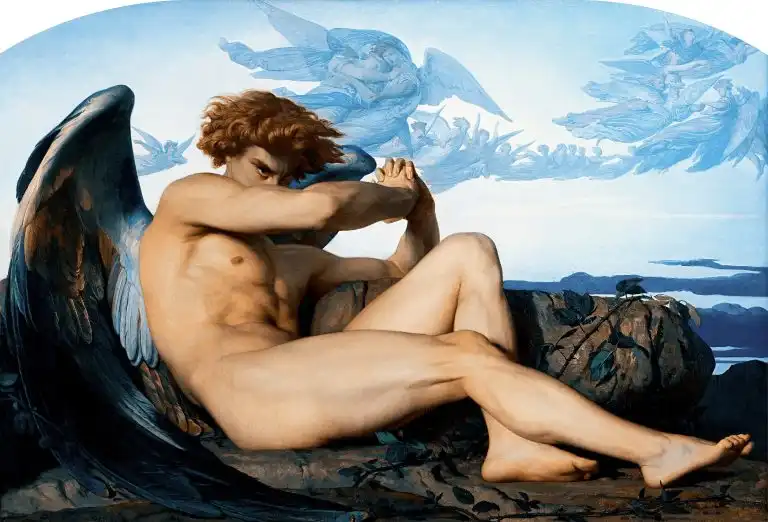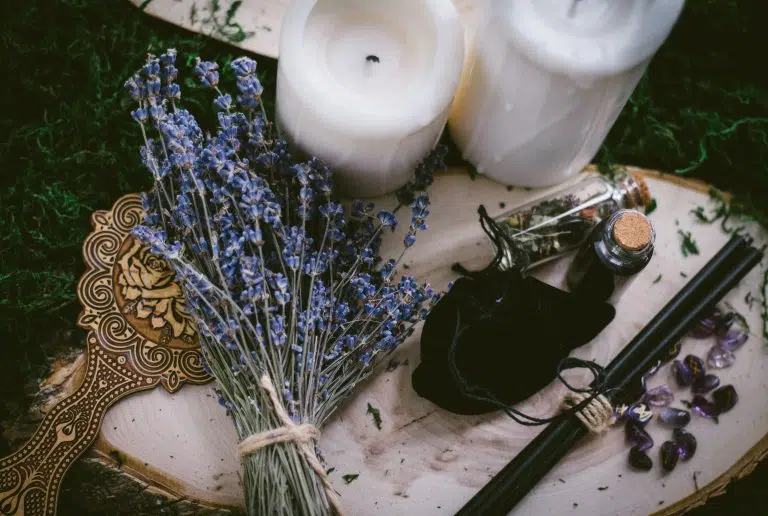
Different Ways to Use Tarot Cards
This post explores various ways to use tarot cards, including divination, using spreads, combining with oracle cards, as a tool for inspiration and meditation, as well as for decoration or as a piece of altar or art. It also provides some popular tarot spreads, such as the Celtic Cross spread and the Three-Card spread and suggests ways to use tarot cards in combination with oracle cards to gain more specific insights or guidance. Finally, the post highlights how tarot cards can be a great source of inspiration for writers and artists.






















